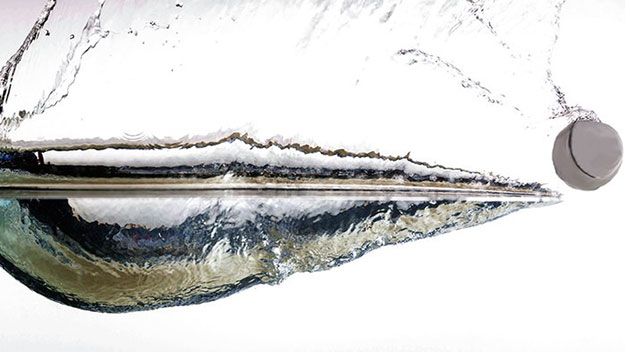Skipping stones across water may seem like an innocent children’s pastime, but the science behind it has helped to win more than one war. Now, researchers at Utah State University’s (USU) College of Engineering are uncovering new insights into the physics of these kinds of water impacts that could have wide applications in the fields of naval, maritime, and ocean engineering.
 It may seem strange, but knowing how to skip things off the water is a very important branch of physics. In the 18th century, Admiral Lord Nelson found that by skipping his cannonballs off the waves he could increase their range and impact. More famously, during the Second World War, Barnes Wallis used the principle to create his Bouncing Bomb, which was the secret weapon to destroy the vital dams in Nazi Germany’s Ruhr Valley during the Dambuster Raid in 1943. Read more
It may seem strange, but knowing how to skip things off the water is a very important branch of physics. In the 18th century, Admiral Lord Nelson found that by skipping his cannonballs off the waves he could increase their range and impact. More famously, during the Second World War, Barnes Wallis used the principle to create his Bouncing Bomb, which was the secret weapon to destroy the vital dams in Nazi Germany’s Ruhr Valley during the Dambuster Raid in 1943. Read more











